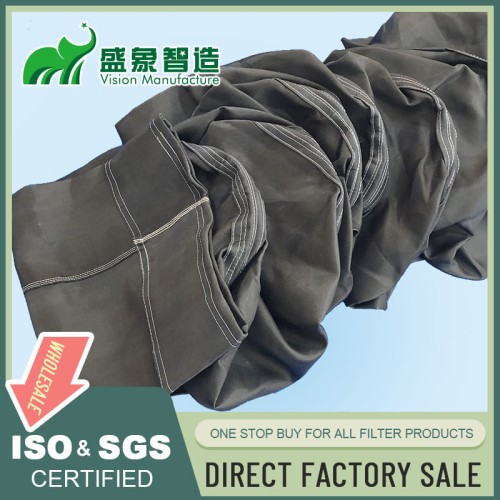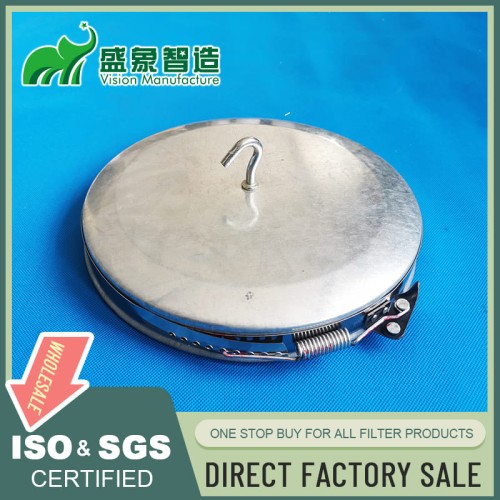
Industrial Dust Collector Filter Bags: Revolutionizing Air Quality Control
Introduction
In the ever-evolving landscape of industrial air quality control, industrial dust collector filter bags have emerged as a game-changer. This article delves into the intricacies of these filtration marvels, offering a comprehensive guide for businesses seeking cleaner and healthier environments.
Understanding Industrial Dust Collector Filter Bags
Anatomy of Filter Bags
Unraveling the components and design that make industrial dust collector filter bags effective in capturing airborne particles.
Working Mechanism
How these filter bags efficiently trap and remove dust and contaminants from industrial processes.
Applications Across Industries
Manufacturing Plants
The pivotal role of industrial dust collector filter bags in maintaining air quality in manufacturing environments.
Power Generation Facilities
Ensuring optimal performance and longevity of equipment by implementing robust air filtration systems.
Commercial Spaces
Creating a healthier atmosphere for employees and customers in various commercial establishments.
Advantages of Industrial Dust Collector Filter Bags
Improved Air Quality
How these filter bags contribute to reducing particulate matter, enhancing the overall air quality.
Increased Equipment Efficiency
Preventing dust accumulation on machinery, leading to improved efficiency and reduced downtime.
Cost-Effectiveness
The economic benefits of investing in durable filter bags that offer long-term air quality solutions.
Factors to Consider When Choosing Filter Bags
Material Selection
Choosing the right material based on the type of contaminants and the industry's specific requirements.
Sizing and Compatibility
Ensuring proper sizing and compatibility with existing dust collector systems for seamless integration.
Installation and Maintenance Best Practices
Proper Installation Techniques
Guidelines for correct installation to optimize the filtration system's efficiency.
Routine Maintenance Procedures
The significance of regular maintenance to extend the lifespan of industrial dust collector filter bags.
Real-World Success Stories
Case Study: Automotive Manufacturing Plant
How the implementation of industrial dust collector filter bags improved air quality and equipment performance.
Case Study: Pharmaceutical Facility
Ensuring compliance with stringent air quality standards in pharmaceutical manufacturing.
Frequently Asked Questions (FAQs)
1. What pollutants do industrial dust collector filter bags capture?
These filter bags effectively capture dust, particulate matter, and various contaminants present in industrial air.
2. How often should industrial dust collector filter bags be replaced?
Replacement intervals vary but are typically determined by factors such as usage, types of contaminants, and maintenance practices.
3. Can these filter bags be customized for specific industrial processes?
Yes, many manufacturers offer customization options to meet the unique requirements of different industries.
4. Do industrial dust collector filter bags contribute to energy savings?
Yes, by preventing dust accumulation on machinery, these filter bags indirectly contribute to energy savings through improved equipment efficiency.
5. Are there eco-friendly options for industrial dust collector filter bags?
Yes, manufacturers are increasingly offering eco-friendly materials, aligning with sustainable filtration practices.
6. How do I know if my industrial facility needs industrial dust collector filter bags?
Signs include increased dust levels, reduced air quality, and decreased efficiency of machinery due to dust accumulation.
Conclusion
In conclusion, industrial dust collector filter bags have become indispensable in the quest for cleaner industrial environments. By investing in the right filtration solution, businesses can achieve improved air quality, increased efficiency, and long-term cost savings.
Additional Resources:
· U.S. Environmental Protection Agency (EPA)
· World Health Organization (WHO)
· Occupational Safety and Health Administration (OSHA)


